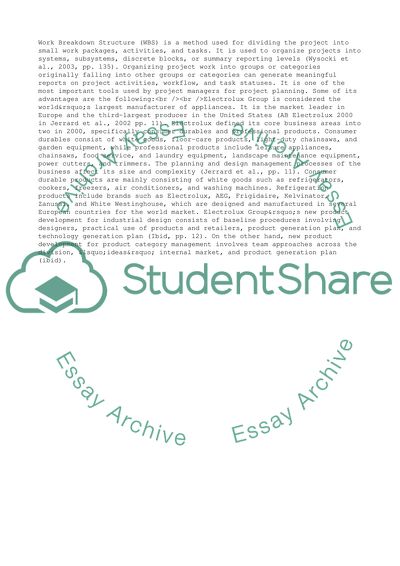Cite this document
(Project Management: Work Breakdown Structure, Project Planning, and Case Study - 4, n.d.)
Project Management: Work Breakdown Structure, Project Planning, and Case Study - 4. https://studentshare.org/management/1715141-project-management
Project Management: Work Breakdown Structure, Project Planning, and Case Study - 4. https://studentshare.org/management/1715141-project-management
(Project Management: Work Breakdown Structure, Project Planning, and Case Study - 4)
Project Management: Work Breakdown Structure, Project Planning, and Case Study - 4. https://studentshare.org/management/1715141-project-management.
Project Management: Work Breakdown Structure, Project Planning, and Case Study - 4. https://studentshare.org/management/1715141-project-management.
“Project Management: Work Breakdown Structure, Project Planning, and Case Study - 4”. https://studentshare.org/management/1715141-project-management.


